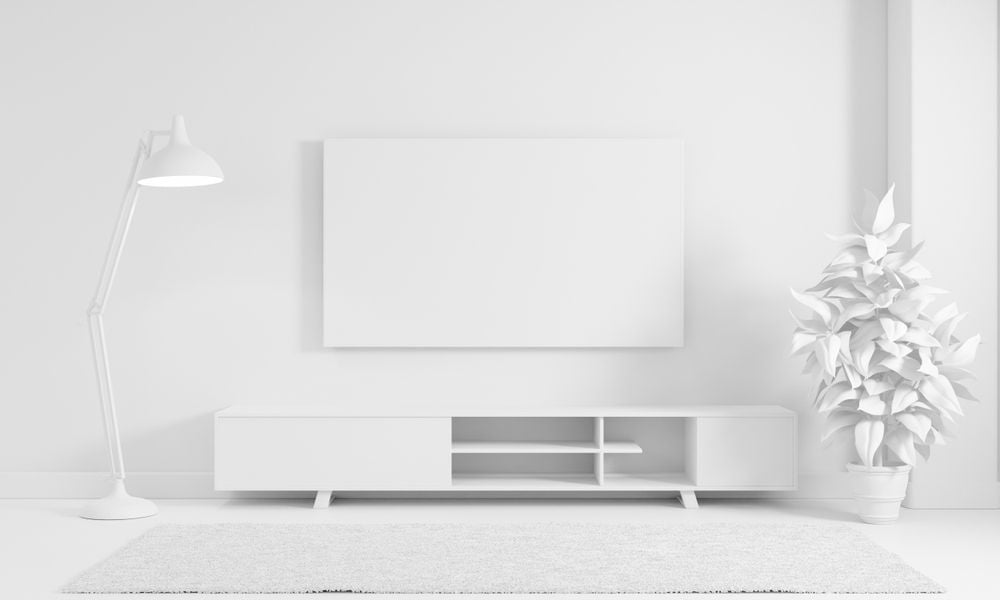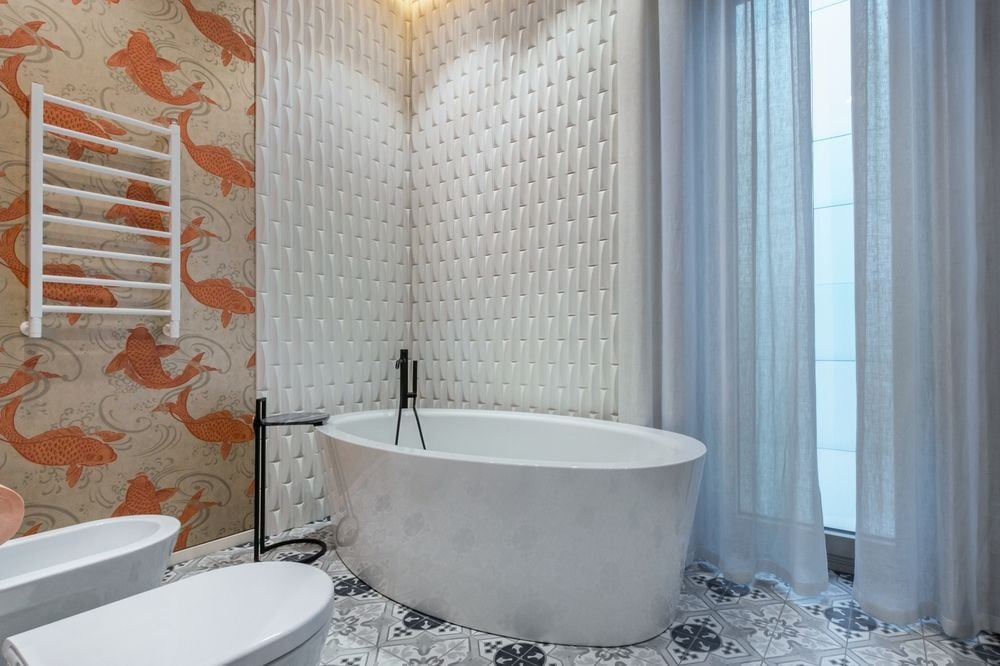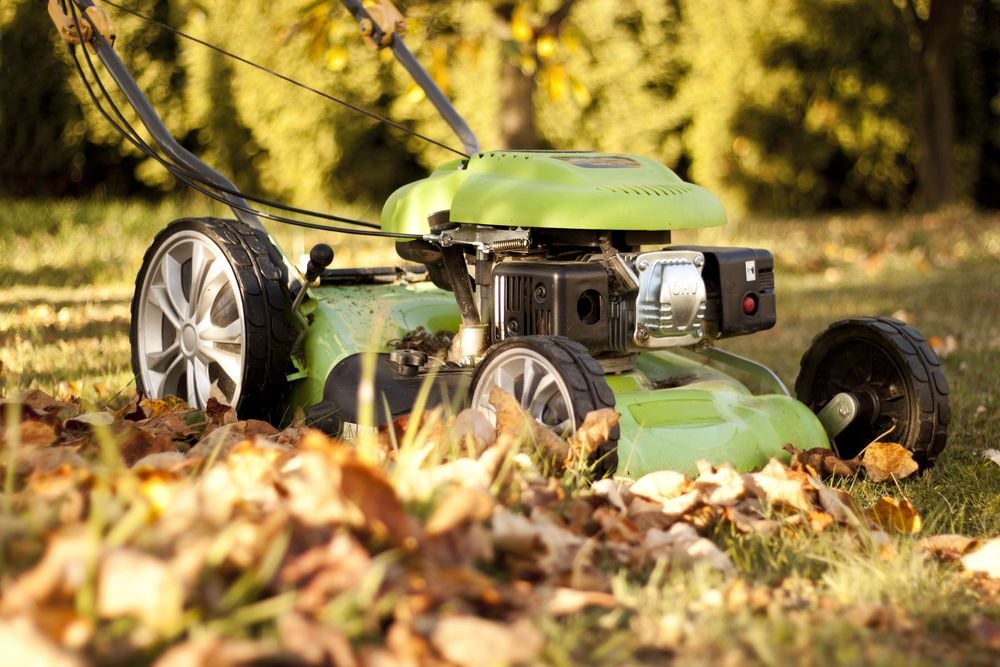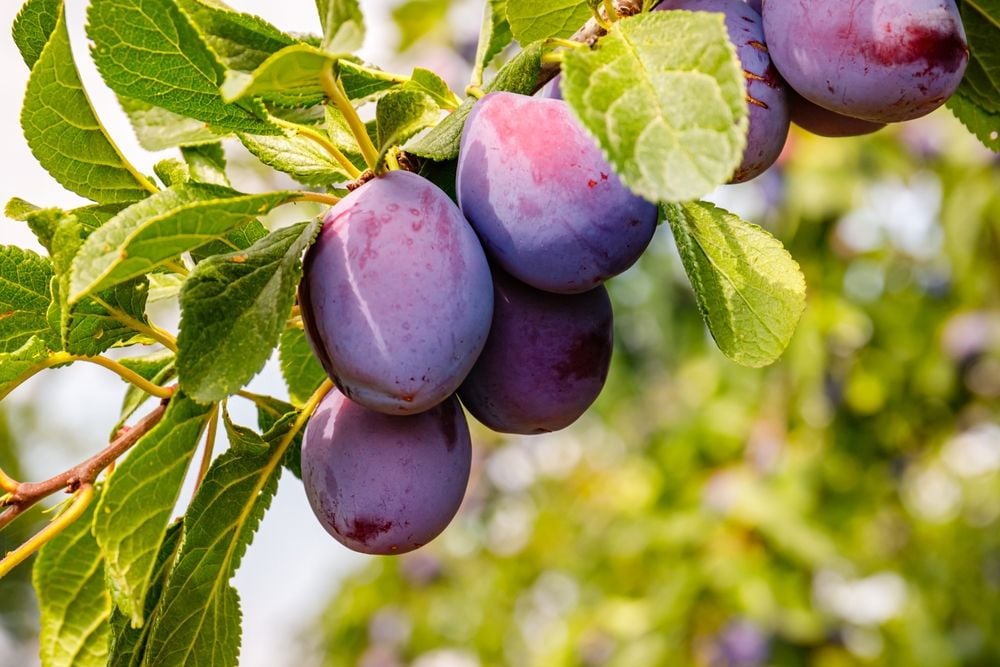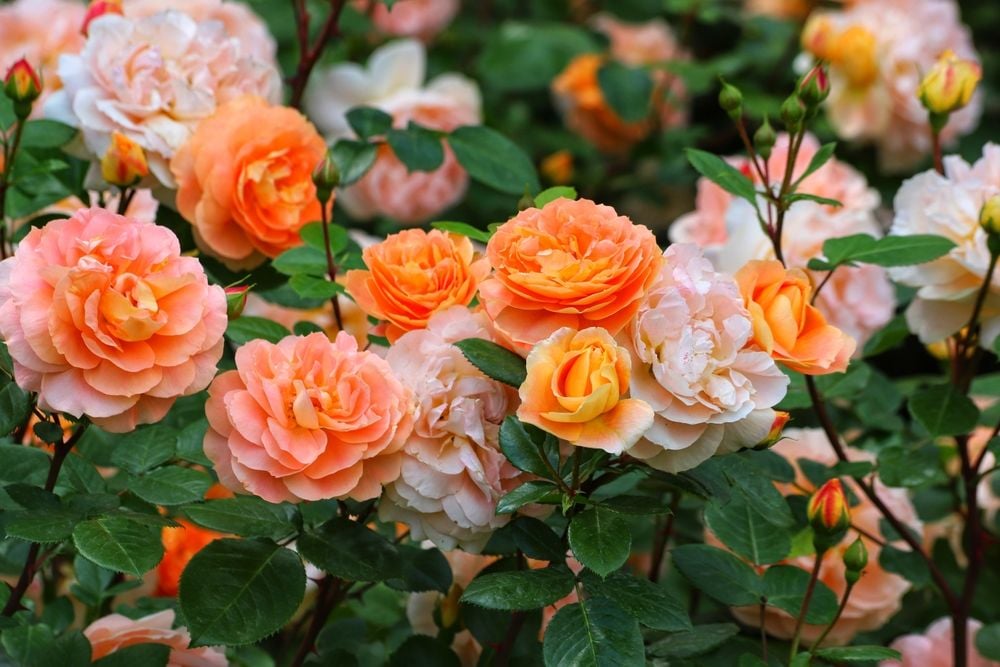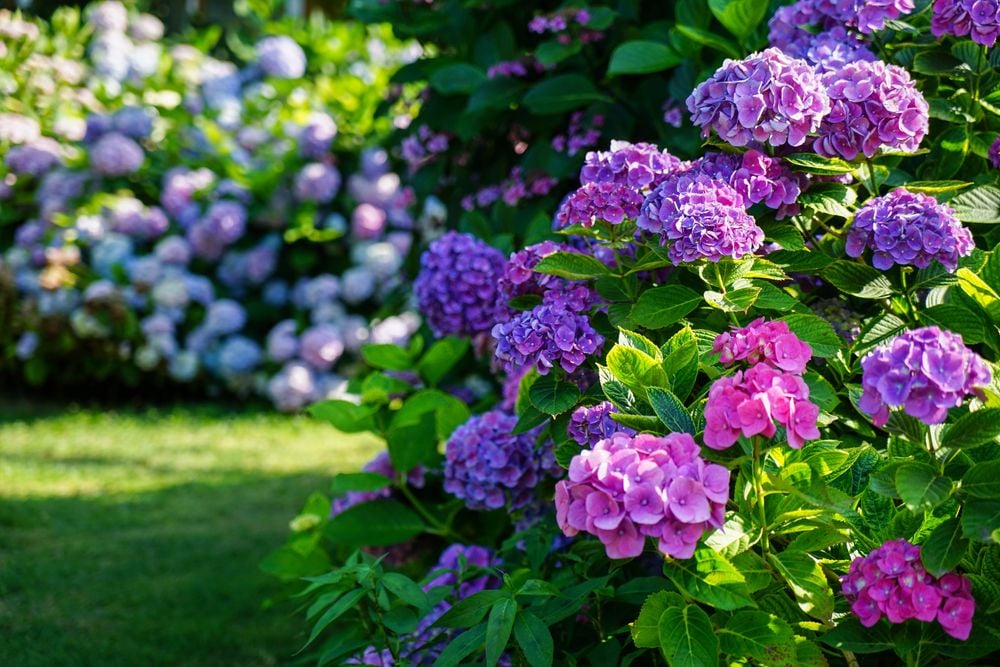
Stylish and Functional: The Rise of English Kitchens
- Jun 4, 2025
In recent times, the kitchen design landscape has undergone a substantial change. The long-standing trend of stark, all-white color schemes are being replaced with more personal, bespoke spaces that cater to the homeowner's specific tastes. Emanating from this shift, the English kitchen – an aesthetic valued for its comfort, enduring appeal and practicality – is becoming increasingly popular.
If you are a fan of the English kitchen style and are considering how to emulate it in your own home, we have insights from interior design experts in the know.
Long-established brands like deVOL Kitchens and Plain English have been shaping homes with the English kitchen aesthetic for many years. Now, this style is becoming more popular across the globe, especially in the US.
Crucial elements defining these spaces include an appreciation for natural materials, a mix of fitted and standalone storage solutions, and an enduring appeal. Autumn Oser, founder of Haldon House, pinpoints a crucial aspect as an "eclectic, layered sensibility, often with open shelving for accessible, practical styling." Appreciation for art is another aspect, whether it's a small oil painting tastefully positioned between shelves or a larger one mounted above a cooking range.
According to design pros, the growing attraction to English kitchens can be attributed to the desire to move away from the immaculate but lackluster look of conventional showrooms. According to lead designer at Huff Harrington Design, Trudy Stump, English kitchens are a counterpoint to the "stark, ultra-modern, big kitchens that often feel soulless."
English kitchens feel warm and inviting, drawing from Shaker-style furniture and reviving a sense of nostalgia. Nicola Harding, founder of Nicola Harding & Co., states that the kitchen, a consistent fixture in people's lives, should ideally not be foreign and unfamiliar.
Harding believes that English kitchens possess a "thoughtful romance," seeming more "personally engaging, encouraging and relaxing."

English kitchens do not require strict adherence to fixed design principles. Yet, identifying some characteristics can help you incorporate this look into your own space.
Opting for warm neutral colors that extend a cozy feel to the kitchen is key. "Warm creams, soft taupe, and natural wood tones offer the art, pottery, and textiles a chance to be the center of attention," suggests Oser.
Both Oser and Stump find color experimentation within cabinetry an exciting aspect of English kitchens. However, Harding emphasizes that colors chosen must not seem overwhelming, instead they should "have their roots in nature and offer a sense of permanence."
In terms of materials, a natural and understated approach is preferred. Often, English kitchens feature wooden floors and stone countertops with subtle veining. These reflect the style's affinity for texture and authenticity.
Adding a bit of vibrancy could involve incorporating homemade or colorful tiles behind the cooking range or sink as a splash of personality and color, according to Stump.
English kitchens often favor "unfitted" storage, meaning they house standalone island counters and drawers, along with the usual wall-mounted cabinets. Adding vintage furniture and decor is yet another attribute of this style, particularly when creating a friendly gathering spot. "I always include somewhere to sit comfortably to chat with the person cooking," cites Harding, referring to possibly an armchair with an attached table light and tiny rug or a couple of bar stools near a kitchen island.

